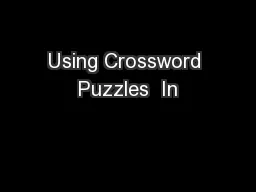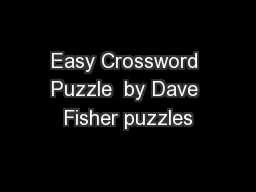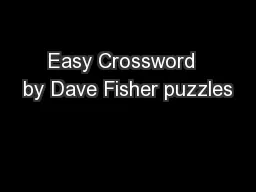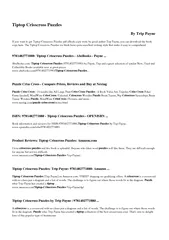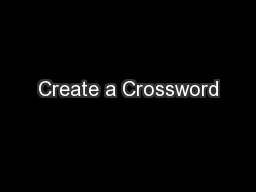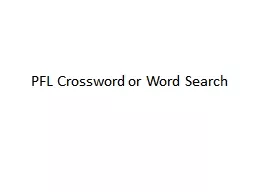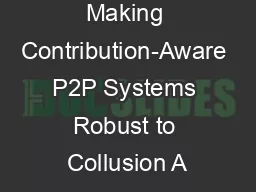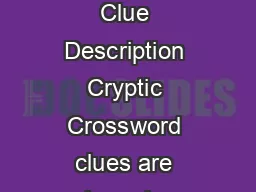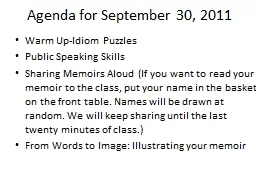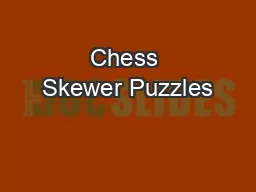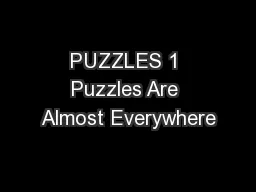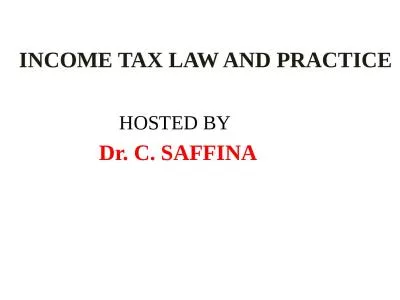PPT-Using Crossword Puzzles In
Author : celsa-spraggs | Published Date : 2018-09-19
Applied Statistics Courses John D McKenzie Jr Babson College Babson Park MA 024570310 mckenziebabsonedu Abbreviated Abstract This webinar explains how crossword
Presentation Embed Code
Download Presentation
Download Presentation The PPT/PDF document "Using Crossword Puzzles In" is the property of its rightful owner. Permission is granted to download and print the materials on this website for personal, non-commercial use only, and to display it on your personal computer provided you do not modify the materials and that you retain all copyright notices contained in the materials. By downloading content from our website, you accept the terms of this agreement.
Using Crossword Puzzles In: Transcript
Download Rules Of Document
"Using Crossword Puzzles In"The content belongs to its owner. You may download and print it for personal use, without modification, and keep all copyright notices. By downloading, you agree to these terms.
Related Documents

